As an Amazon Associate I earn from qualifying purchases.
I have been making elderberry syrup at home for decades, mostly as a base for drinks or sauces, but it is also good for you. What follows is my elderberry syrup recipe, tested over nearly 20 years.
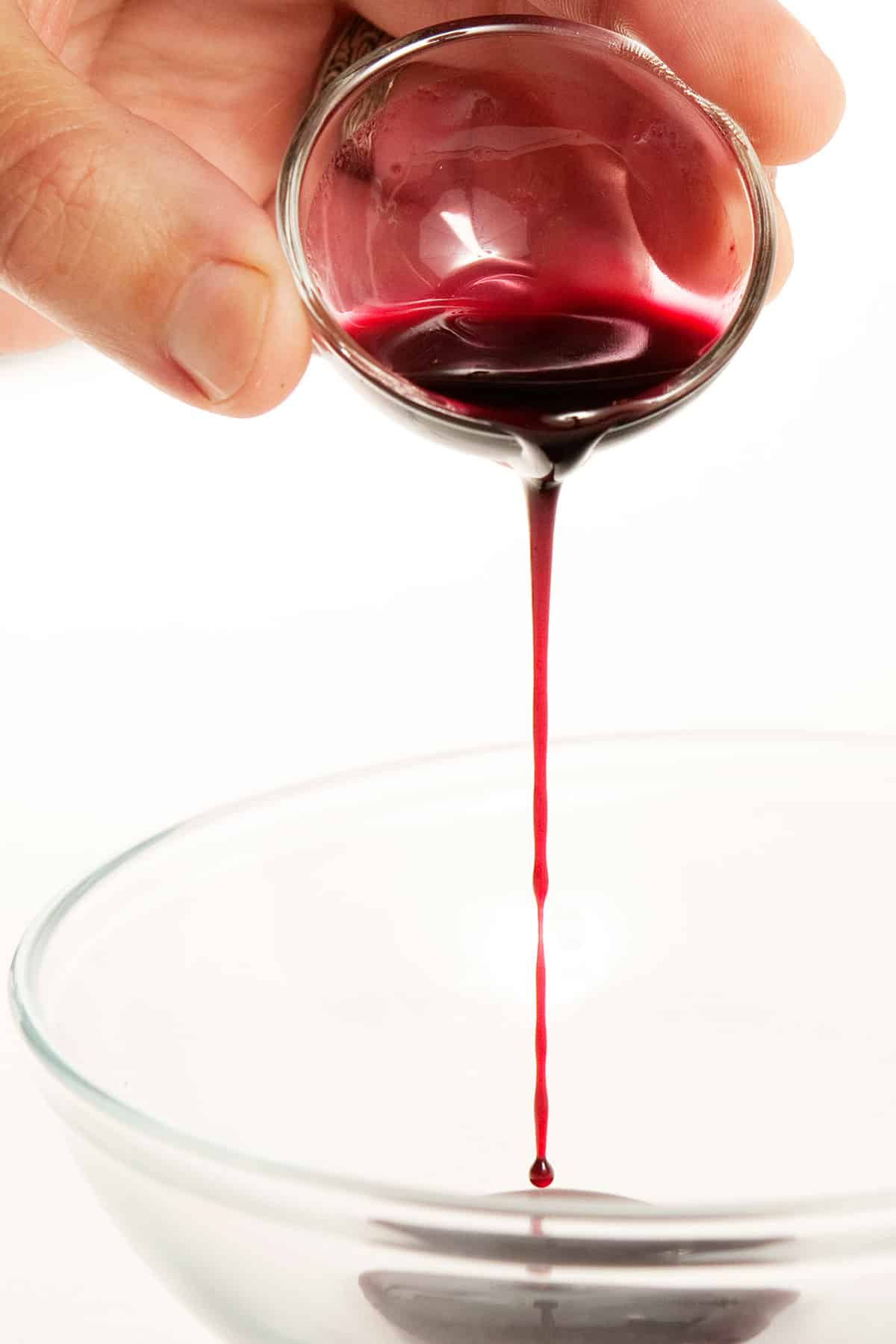
My elderberry syrup recipe developed out of a system I’ve used all my adult life for preserving berries: Juice them, add an equal proportion of sugar to make a syrup, and use that shelf stable syrup all year for sauces, glazes, to make sorbet or ice cream, or just to add to soda water for a nice drink.
That said, most people make elderberry syrup for medical reasons. Many studies suggest that it can help your immune system, and elderberry has been used as medicine by more or less every culture that has the plant growing in its environment, from Native Americans to Europeans to northern Asia.
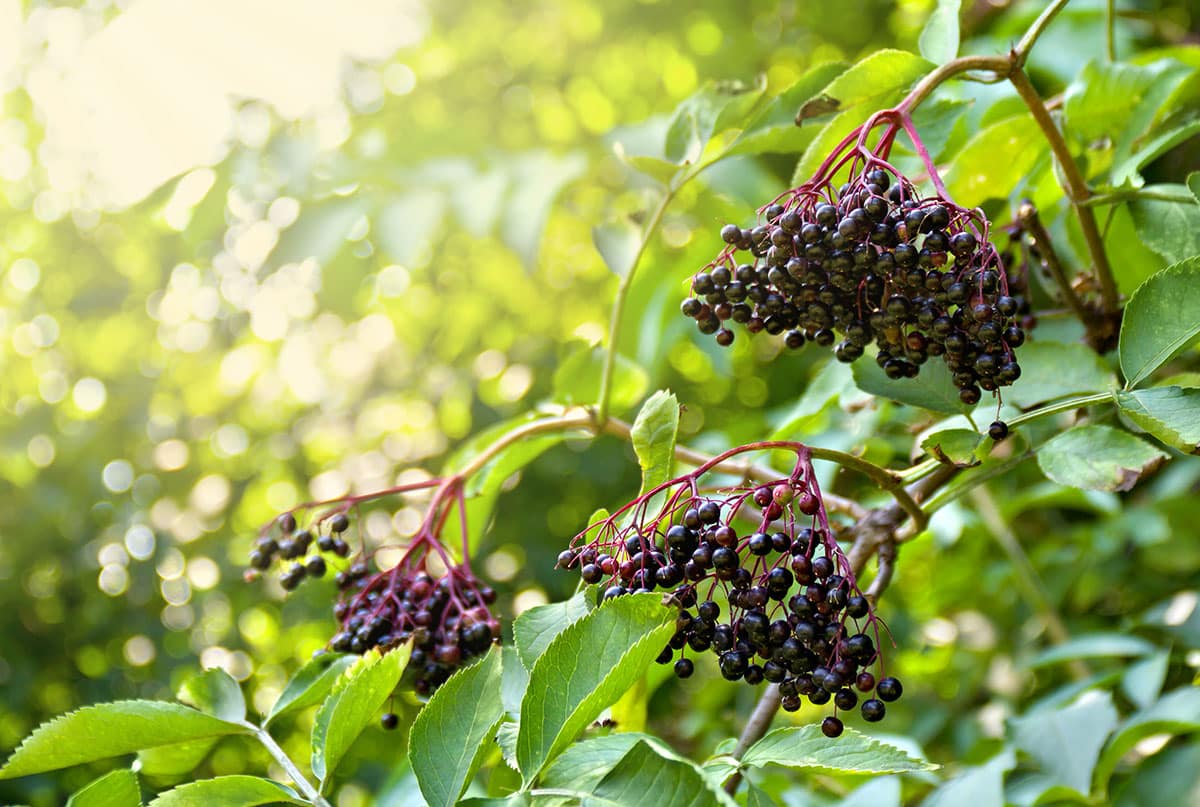
Finding Elderberries
Keep in mind that my elderberry syrup recipe uses blue elderberries, which are Sambucus nigra subspecies caerulea. That’s what I have near me. Black elderberry is more widespread, and is the main species used to make elderberry syrup. I know of no one who uses red elderberry for making syrup.
You can find wild elderberry plants all over the West, starting in pockets in New Mexico and growing increasingly common as you head to the Pacific, as well as all over the eastern part of the United States and Canada, to about the Great Plains. It’s all over Europe, too.
Where I live in Northern California, they start coming ripe at the end of May, and depending on what state or province you live in you can find them somewhere all the way into November. A tip on picking ripe elderberries: The stems turn red. Ripe berries with green stems still have a little ways to go.
Sometimes you can find ripe elderberries at farmer’s markets, although it’s rare.
Recipes that Use Elderberry Syrup
Most people use elderberry syrup as a sort of medicine, “taking” a spoonful a day or twice a day or somesuch. That’s fine, but I don’t make elderberry syrup for that. I use it liberally.
It’s so versatile. Uses for elderberry syrup include:
- Homemade soda base. Add a glug of syrup to a glass with ice, then top with club soda or seltzer water. Super good!
- A mixer for cocktails. I’ve seen elderberry syrup added to gin, dropped into a martini, used in a whiskey sour, etc. My favorite? A splash in silver tequila, with a bit of lime.
- A base for elderberry ice cream, which is amazing.
- Use it as a drizzle over other ice creams, or as a glaze for poultry.
- Elderberry syrup is also great in a classic Cumberland sauce.
- As a flavoring for panna cotta or creme caramel.
- Pour it over pancakes!
The possibilities are pretty endless. And since elderberries grow in most of the 50 states, as well as in Canada and most of Europe, there’s no reason you can’t go outside and get some yourself.
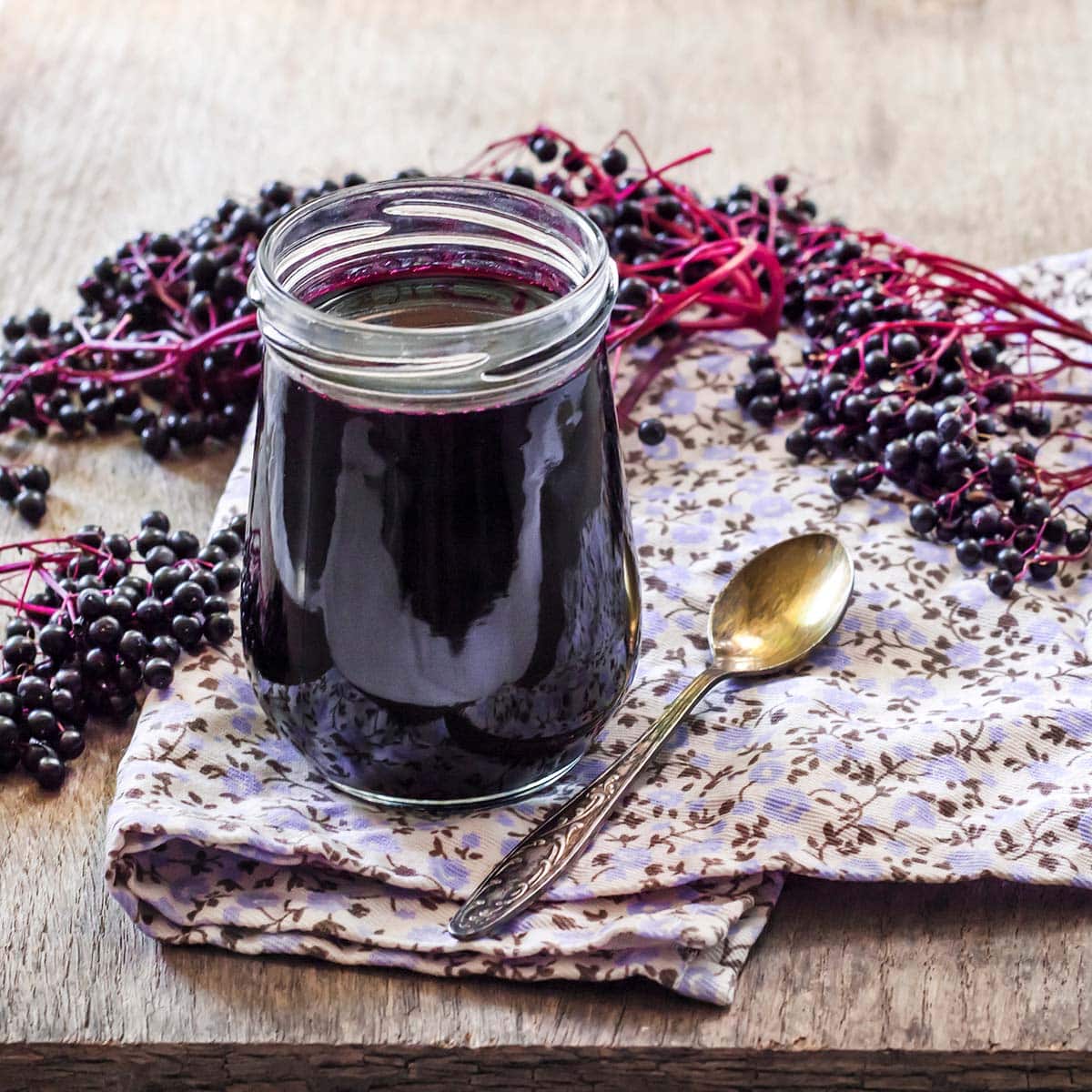
My Elderberry Syrup Recipe
Making your syrup seems pretty intuitive. I mean, all you need are elderberries and sugar, right? Well, yes. But my method for making the syrup is different from most others.
Other recipes ask that you cook your elderberries, mash them with a potato masher and let them drain through a jelly bag. There is a problem with this. You will never break all the berries with this method, and, given that it is a time-consuming and persnickety business to take all those elderberries off their stems — the stems are mildly toxic, by the way — you really want as much juice as you can get.
A better way is to use an immersion blender and a food mill to make short work of our little blue friends.
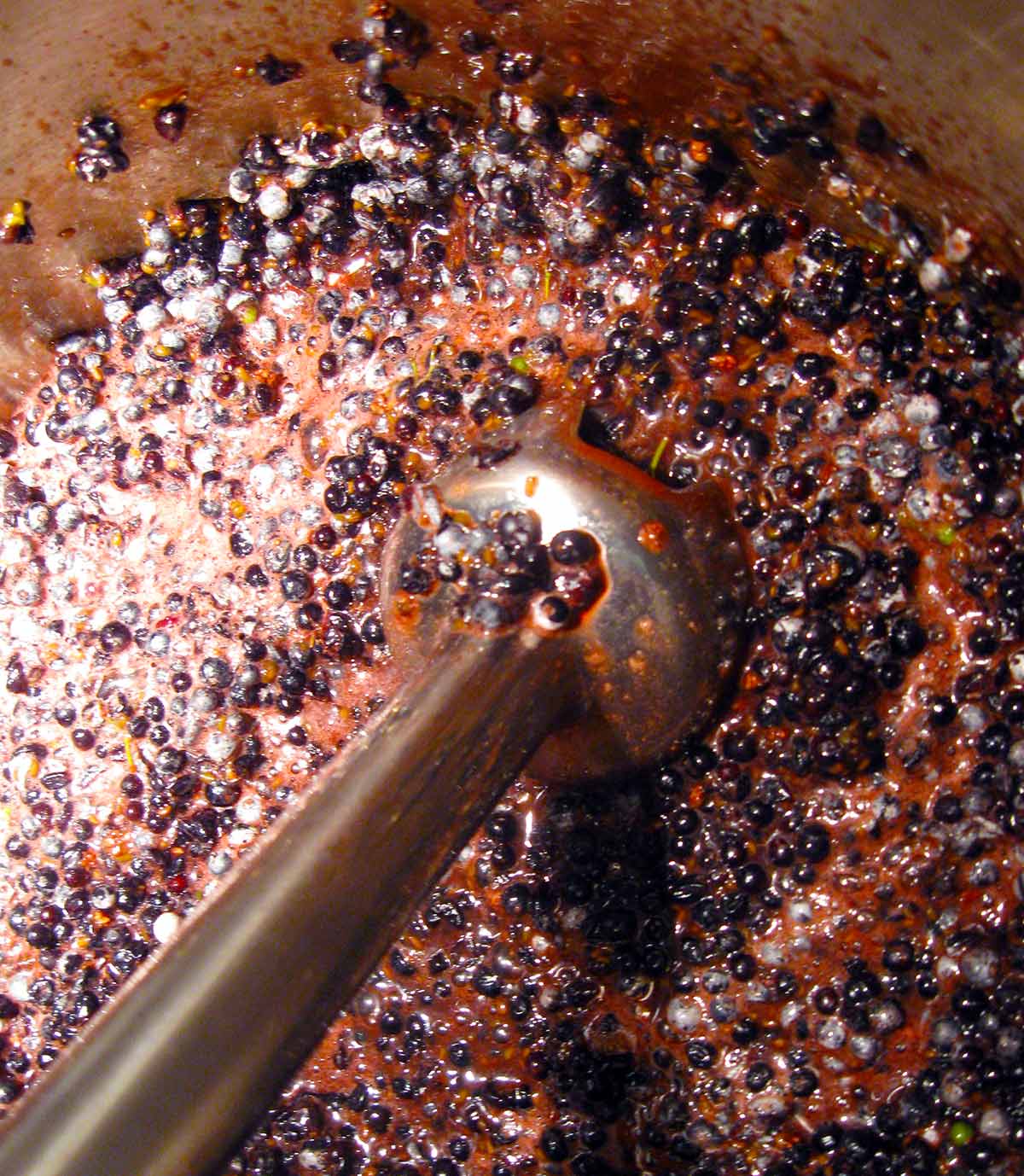
Works so well you can get twice as much yield from your elderberries. Twice, you say? Yes, twice. Another elderberry syrup recipe may require you to add water to your boiling berries. I suppose that works fine, but with my method you don’t have to water down your berries to make a sufficient amount of syrup — unless you are in a serious drought.
Do it this way and you will get 3+ pints of elderberry syrup from 3 pounds of elderberries, as opposed to 2 pints from 2 pounds of elderberries with another 2 to 4 cups of water thrown in. Believe me, this is a huge flavor difference.
When they are on their stems, it is roughly equivalent to half a paper grocery bag. On a good year, harvesting that can take you all of 10 minutes to harvest. Destemming, however, will take an hour — if you are good at it.
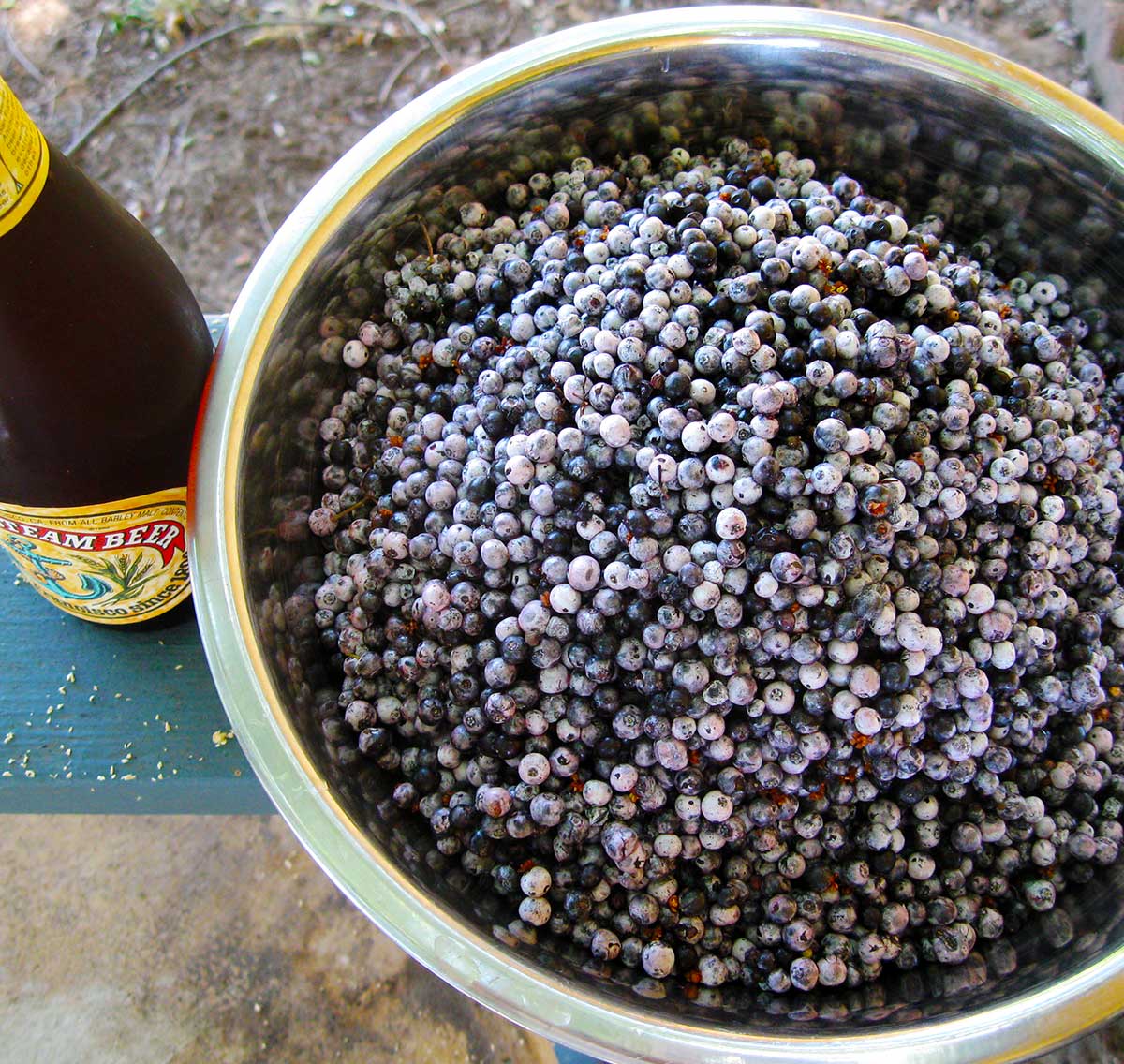
After you have an elderberry mash, you will want to do one of two things: Strain it through a big jelly bag, or heat it up and then run it through the fine plate on a food mill, which removes the seeds.
I do the food mill method, then move the thick liquid to a fine mesh strainer to remove most of the pulp. I do this because I can make elderberry syrup in an hour that way, rather than the overnight drip, drip, drip with the jelly bag method.
Once you have elderberry juice, measure it, and an equal volume of sugar, bring this to a boil and you now have elderberry syrup. Can you use less sugar? Absolutely, but the syrup won’t be shelf stable; it will ferment, and then you will have elderberry wine. But not good elderberry wine.
Can you use honey or some other sweetener? Sure, but the proportion of sugar to juice will be off, and I can’t guarantee your results.
Storing Elderberry Syrup
As I mentioned, this elderberry syrup recipe is shelf stable. Still, I keep it in the fridge, where it has literally lasted three years or more. I’m not joking.
No need to can this because of all the sugar. I know people who keep their syrup in the pantry and theirs has molded after a year or so, so the higher temperature will, eventually, cause you issues.
Elderberry Syrup
Ingredients
- 3 pounds elderberries destemmed
- 4 cups sugar
Instructions
- You will need to remove the berries from the stems; elderberry stems are toxic. (I go through some tricks on destemming elderberries here.) It should take you about 45 minutes to an hour to destem 3 pounds of elderberries, which equates to about a half a normal paper grocery bag.
- At this point you can empty your berries into a large bowl of ice water. Weird debris will float, like dead flower husks, bugs, etc. Pour this off.
- Pour the elderberries into a large pot and either mash them thoroughly with a potato masher, or, better yet, with an immersion blender. Only break up the berries for a few seconds using the immersion blender, and use it on low setting. You don't want to grind up the seeds, which are bitter.
- Bring the elderberries to a boil, stirring often. Now, if you are using a food mill, set it up with its finest plate and pour the elderberries into it. Run the food mill until the mash is pretty dry, then squeeze out any remaining elderberry juice. You should have a little more than 1 quart. Pour the juice through your finest mesh sieve to catch any stray seeds or pulp.
- If you are using the jelly bag method, mash the berries again after they've boiled, then pour them into a jelly bag suspended over a large bowl. Let this drain up to overnight. You should have a little less than 1 quart. You don't need to strain the juice the way you do with the food mill method.
- Return the juice to the (cleaned) pot and add an equal volume of sugar, normally about 4 cups. Bring to a boil until it froths, skim the froth, then turn off the heat and pour into clean jars. Always use a new canning lid when you are making this syrup, unless you plan on eating it in the next few weeks. Seal the jars and let stand until the lids pop. They will keep for a year on the shelf or in the fridge.
Notes
Nutrition
Nutrition information is automatically calculated, so should only be used as an approximation.
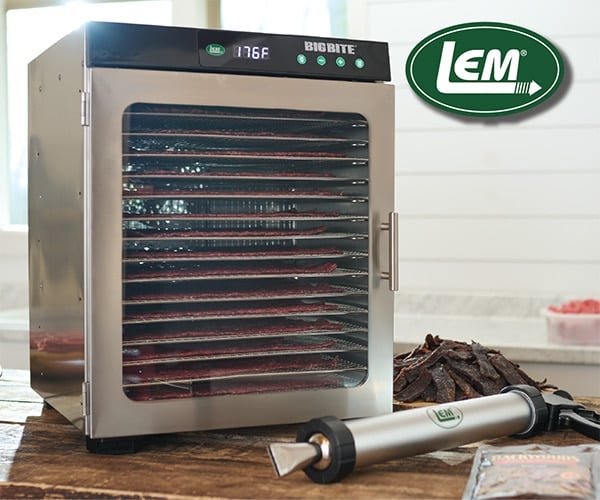
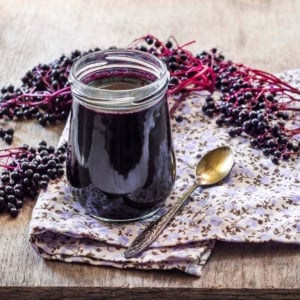
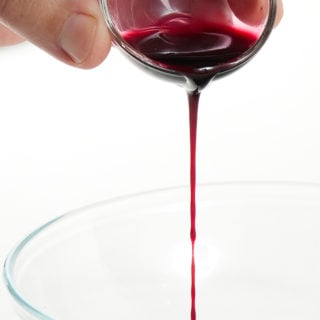
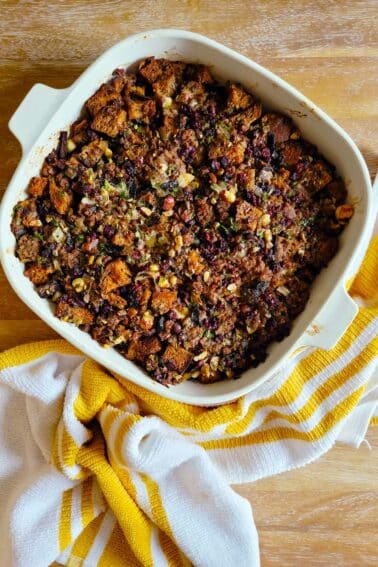
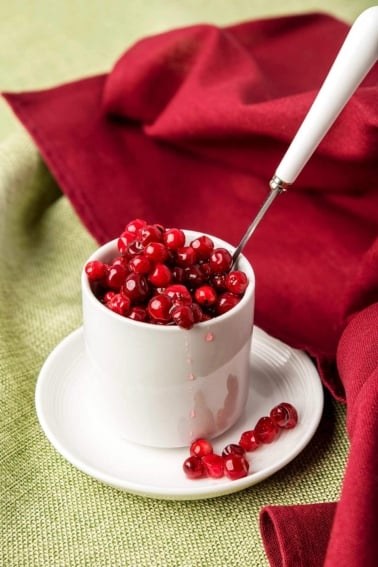
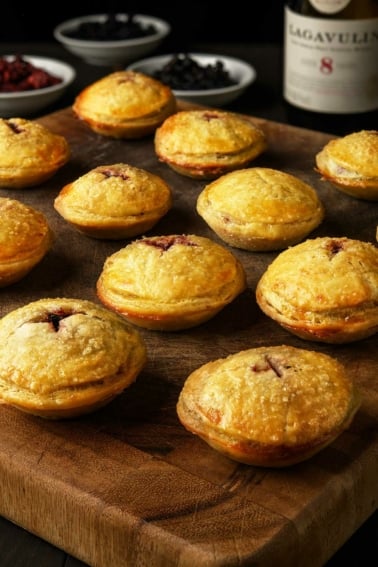

Do you think it would work to pick the berries but freeze them for making syrup later? I need to teach a small group of people how to make the syrup but the class is scheduled for August when berries may not be available–or they might be given how variable elderberry fruiting can be!
Alex: Yep, I’ve done that many times.
Once again you have taught me a new trick, Hank! I highly recommend the immersion blender technique, it worked great. (tho I did add water, I found them tricky to blend without it.) Such good stuff!
Are you substituting elderberry syrup in place of red currant jelly in your Cumberland sauce?
Debbie: Sometimes.
I like the recipe you present. I’ve been substituting the sugar 1 part for honey 3/4 part. Honey is sweeter than sugar So for the above recipe using 3lbs of berries I use 3 cups of honey rather than 4 cups of sugar. Delish!
Hi there! I’m a chef, but not too familiar with game meat. I currently have 15 lbs of stew venison in my freezer, leftover from a themed historical pop-up dinner I had months ago now. I was wondering, if I braised (with added fats) and then shredded the venison, do you think it would work in summer rolls with fresh spring veg— and maybe with a elderberry syrup dipping sauce? I’m not familiar enough with the taste and texture of venison to know whether this is actually as good an idea that I feel it might be… though it’s promising that googling “venison” and “elderberry” led me to this page. Also, if you think braising is the way to go, what fat do you suggest I add? Thanks so much for any ideas you may have!!
I saw Scott Rea or The Scott Rea Project on YouTube use a fork to comb the elderberries off the stems for one of his pigeon recipies. Just putting that out there
Before coming across this, I already put my elderberries (stems and all) into a steam juicer (like those used for grape juice). I made jelly with the juice, and now wanted to make syrup. How “toxic” are the stems and where did you get that information? Should I throw it all out?!
Ok…it is my first try at making elderberry juice to use in other things. I cooked the berries and then put them in a jelly bag and squeezed the juice out into a bowl. After I was done, i had some green slime on my hands, all over the jelly bag, and in the bowl I discarded the strained berries into. My right hand slightly burns as well, sort of like when you deal with hot peppers but not as bad. Then when I poured the juice into a storage container to put into fridge, it bubbled just a little and made a fizzy sound, then stopped (it lasted about 2 seconds). The berries were only stored in fridge for a couple of days before I processed. Is it possible to overcook the berries? Should I throw out all of my juice? Is any of this normal? Is there anything I should have done different??
Crystal: You’re fine. The green slime is a part of working with elderberries, alas.
I got a bag of dried elderberries and want to make jelly anyone have a recipe??
Simply recipes has a recipe that I was going to try out. This is my first time making elderberry jelly. Mom used to send us 5 kids out to pick on the roadside 40 years ago (those bushes still stand today). Mom made awesome jellies but elderberry was my favorite so I’m trying it this year.
I have a neat trick! I freeze a lot of fruit with my vacuum sealer into bags labeling the lbs and cups of each bag. This allows the cell walls to break down and gives me the luxury of dealing with the fruit in winter months. I thaw out the bags and then place them on a towel while running a rolling pin over the bag to mash all the fruit. Back and forth, side to side over and over. This is super efficient, quick, and I can see the fruits of my labor in the clear bag. The less air you seal in your bag the better, so the air pockets don’t get in the way. I never have to worry about mashing fruit again!
I’ve been making syrup for a couple of years now but a strange thing happened this year. My syrup turned into a weird mixture of syrup and little blobs of jelly – can’t find a mention of this anywhere. Tastes fine though.
Hi Can you tell me why the elderberry syrup fizzes up and spills out bottle neck on opening causing me to lose lots,I have made it for years an always sterilize the bottles,is there anything I can do to prevent this,I have searched internet an no one seems to mention this happening,
Ruth: Never happened to me. My guess is you are doing the primary fermentation in a bottle, not a bucket. I don’t move the juice to the carboy bottles until it has calmed down, about a week.
Almost harvest season. Not sure about your method of mashing berries, you’ll get more juice but it will be cloudy and bitter. At least that’s what happens with cooked berries and squeezing the bag.
Lewis: It is neither. I’ve done this method every year for more than a decade. Look at the picture. Clear, see?
I am so amazed by elderberries’ importance and potential that I’m going way past foraging them; I’ve grown 100 bushes to maturity and I’m planting even more! Here is one method of de-stemming that I like:
You just get a couple of clean, empty totes or even just buckets and cover them with little precut rectangles of 1/2″ hardware cloth. Sit out in a shady spot and just drag each bunch of berries across it a few times– best while sipping elder flower cordial with a friend!! Pressing lightly from above with your other hand speeds the process. (First strip away any unripe (green) berries from the center of the bunch. Some stems do get through this way, but they are often loose and come out in the rinsing step.
I cooked my elderberries down to juice, made some jelly and froze the rest of my juice. I would love to find an elderberry balsamic vinegar recipe I could make with my remaining juice, any suggestions?
I want to know if the Blue Elderberry can be used as a syrup for flu & cold remedy.. They say you should use black elderberry (sambucus nigra)for this syrup for flu & cold. So can blue elderberries be used??? Do different varieties have a different effect?? Or does each variety have their own qualities??
It’s the same elderberry. Both are S. nigra in current taxonomy. The blue elder, S. mexicana, is an older term. They both work fine. Just no red elderberries…
Hello! I grew York and Nova variety elderberries outside of Chicago and after a few seasons got a huge crop this year. I got them ready and started cooking them, but the flavor of the juice was like cut grass. Do I have the wrong varieties? I don’t think the American elderberry is the Nigra species like European, but it is more winter hearty. Could the flavor be that off? I let some even ripen more, but the flavor was still unpleasant. I also don’t get the “bloom” on the berries with these bushes. I was hoping to make syrup, but no berry flavor here. Any suggestions?
Thanks!
I know nothing about cultivated varieties, sorry! And the bloom typically only forms on the Western elderberry.
I live in Hampshire England. Just been out picking these plump juicy berries and am sitting in our garden getting the berries off the stems with a fork. Works well. But best to wear gloves to avoid purple fingers. Will go indoors soon to boil them with sugar and a tiny bit of water. Mash them with a spoon or any other kitchen tool. Pour this into cleaned jars. Mine becomes like a jam/syrup and is used for topping on toast, crumpets, cereal, icecream or a spoonful in Champagne or white wine and soda water. Delish! The jars are good in the fridge for a few weeks. Keeping some berries in the freezer so I can make regular fresh batches over the winter. Forgot to say this is lovely to flavour Vodka as well. Drink sensibly and enjoy these amazing berries. ???? Karin
Elderberries in Southern Ohio smell similar to blueberries to me. They grow in the waterway behind our country home. We have planted some in our back yard near the waterway which has lots of moisture. I don’t have any problem pulling them off the stems although it is a pain but the TV is a distraction. Using a clean plastic tub works well. I find elderberry syrup enhances a blueberry pie! Overall the work involved in picking, cleaning and cooking elderberries is worth it all! Harriet
I wash them on the stem then comb them off with a pik. Remember the comb that was used to style Afros? It works quick and easy.